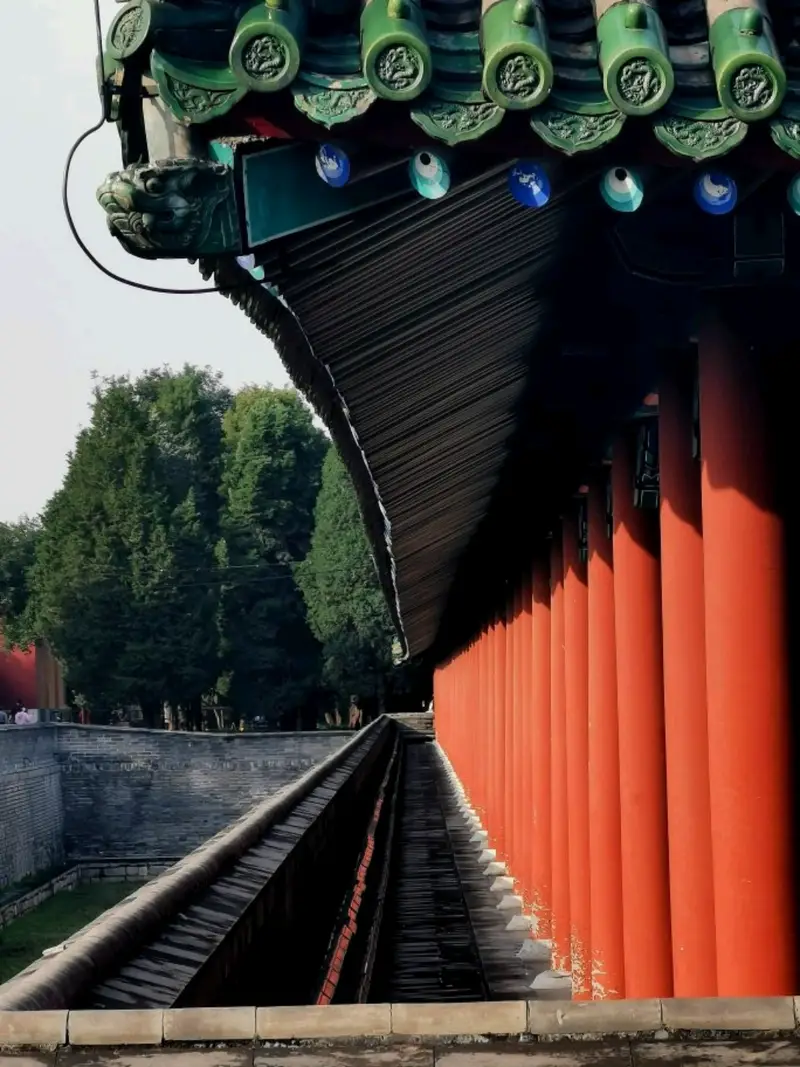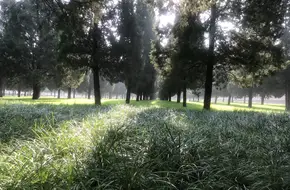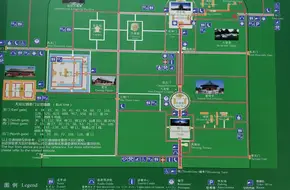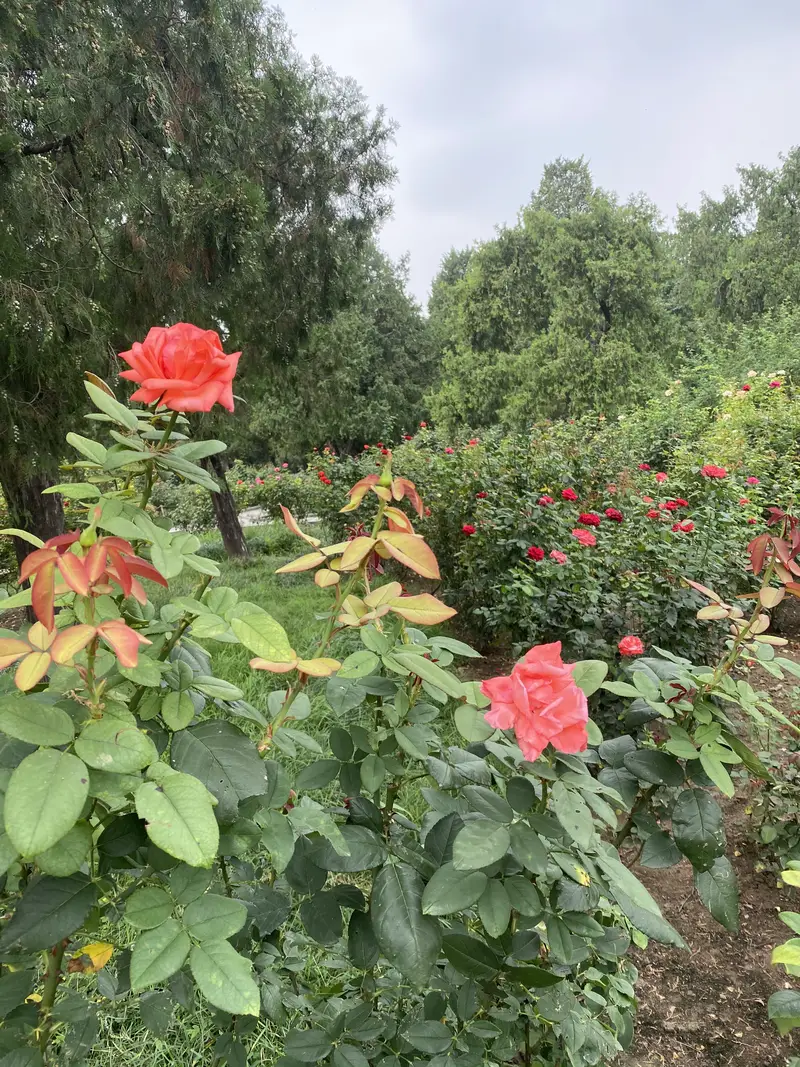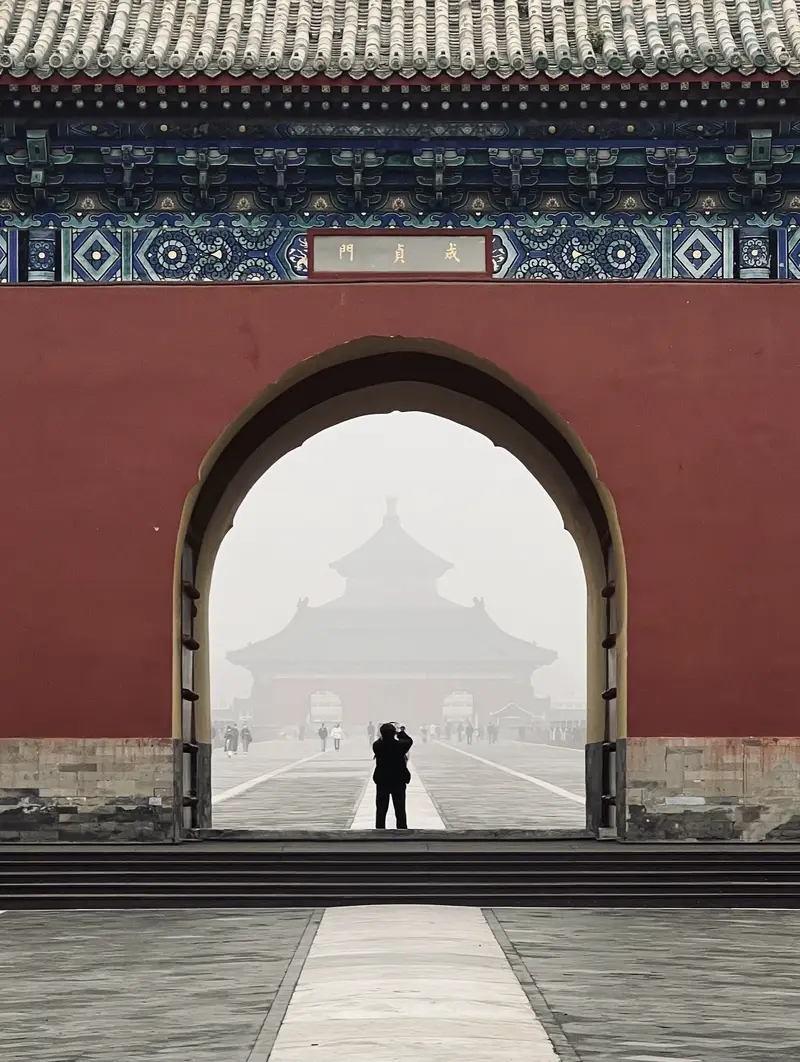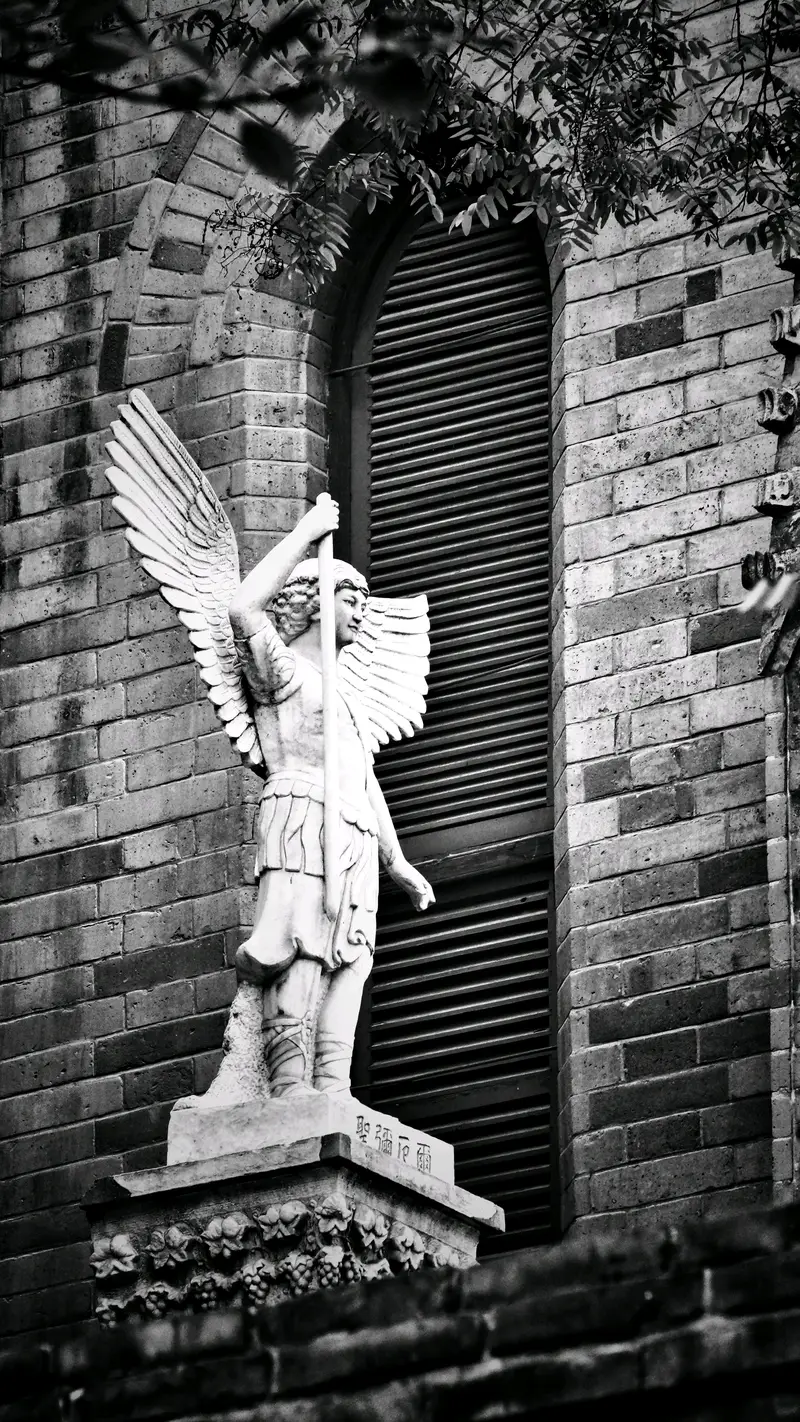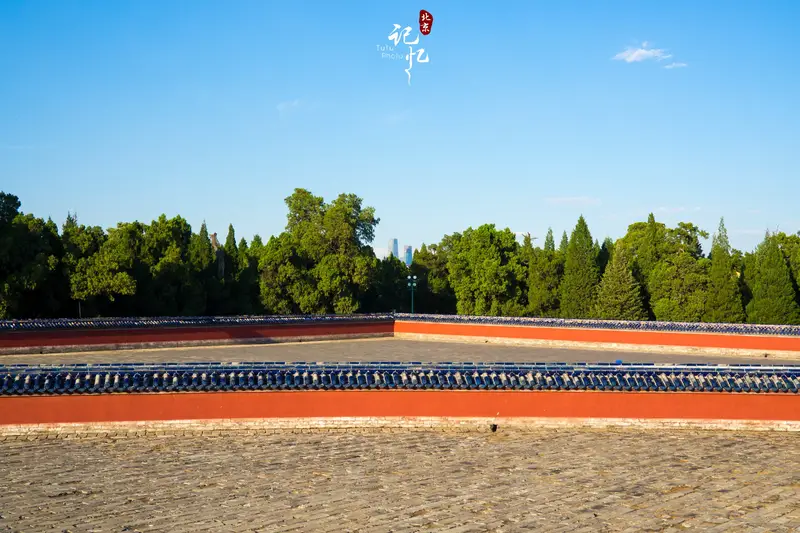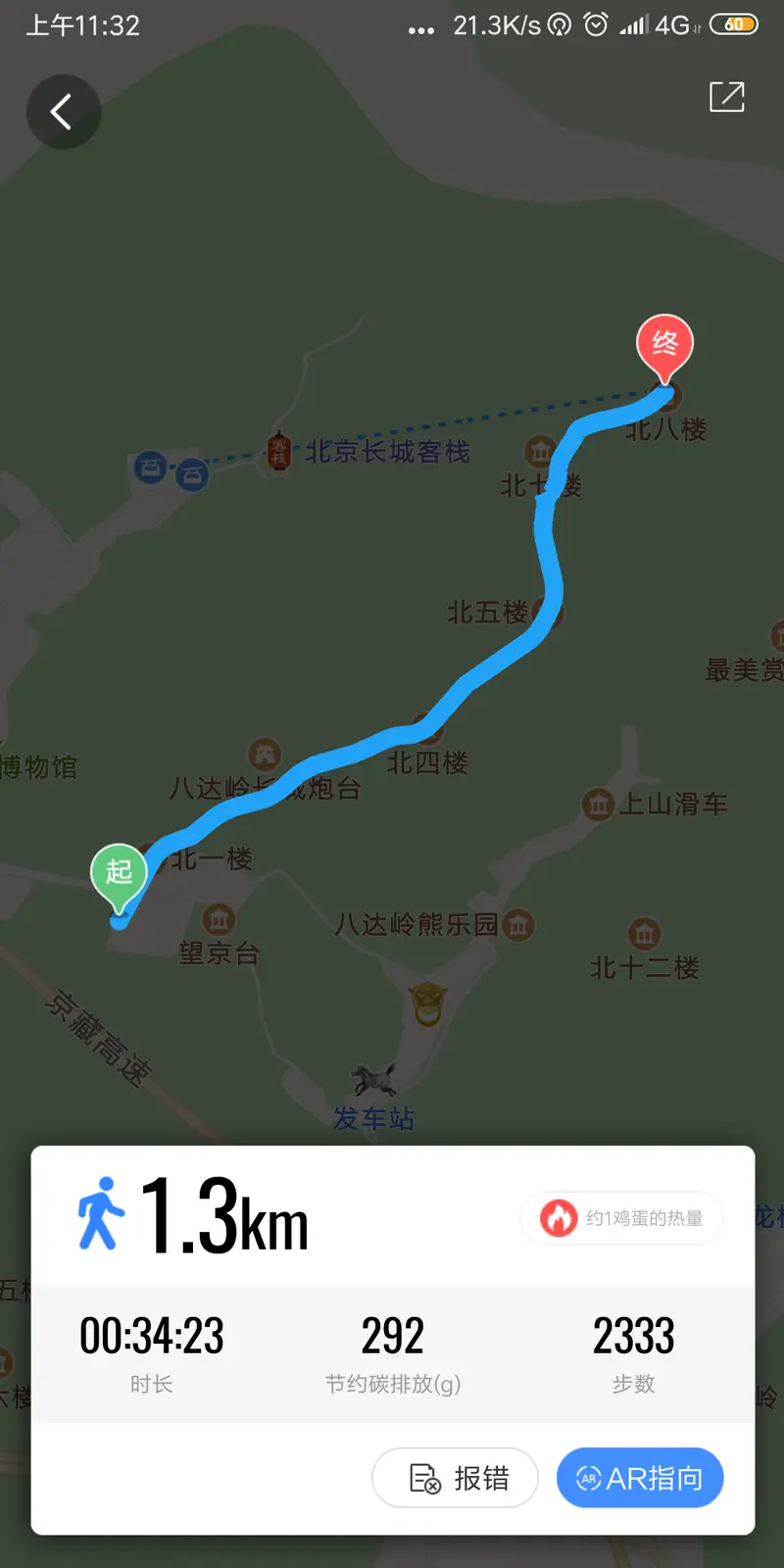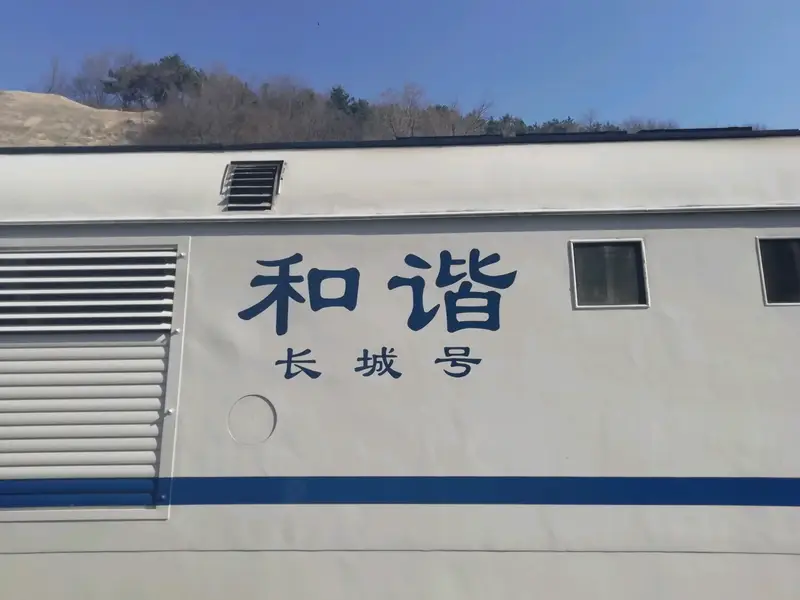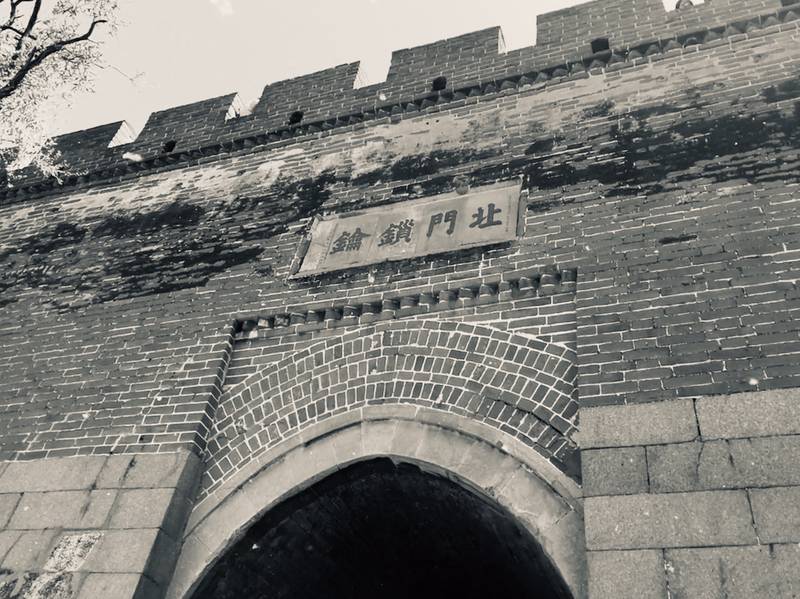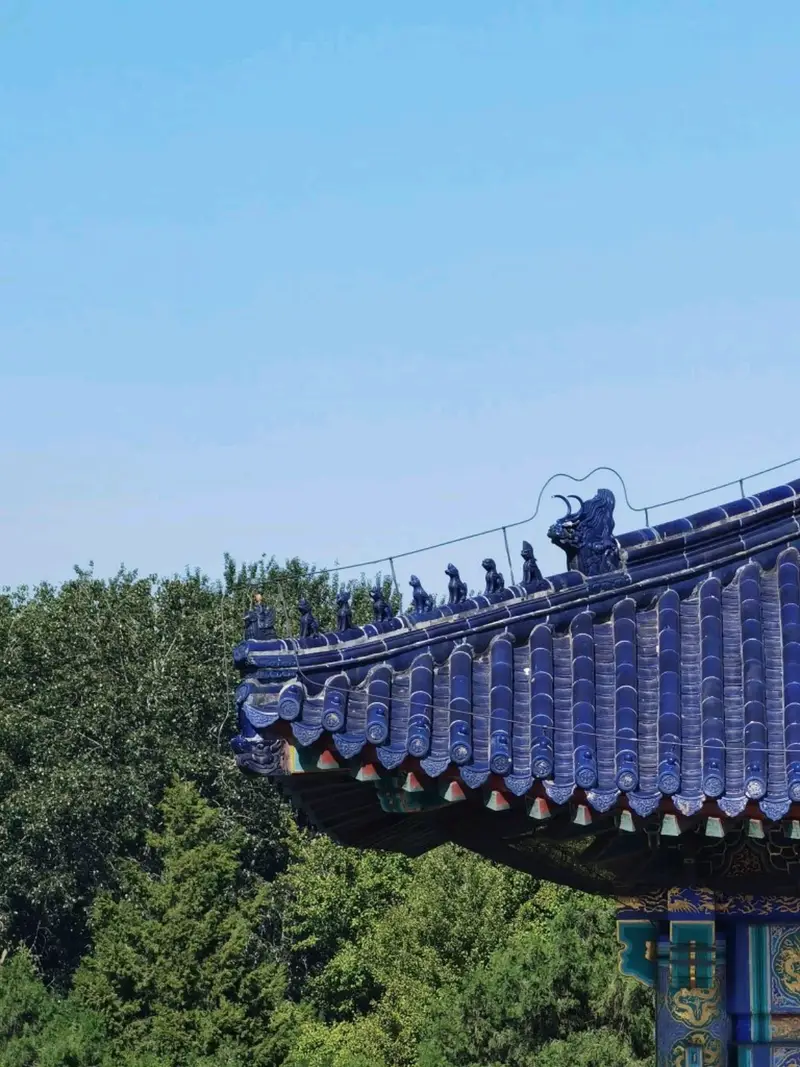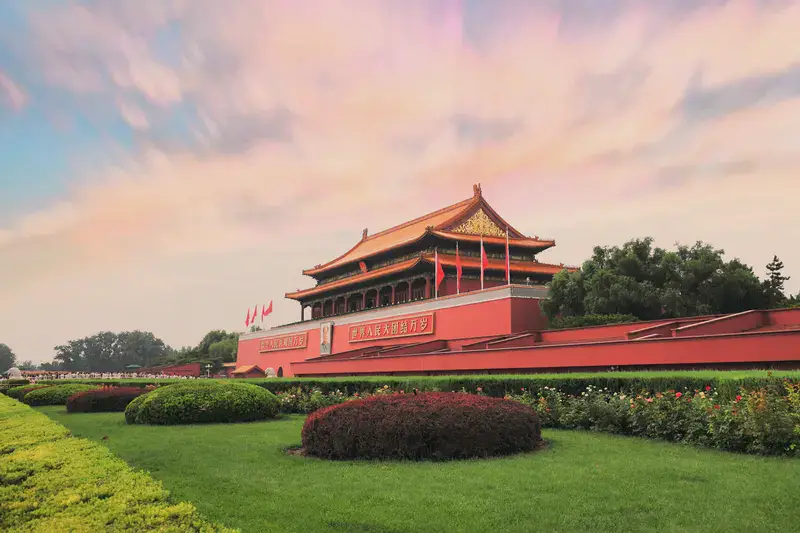Location and How to Get There
The Shengle Office - Site of the Japanese Army's Bacterial Unit During the Invasion of China is located in the heart of Beijing, specifically in the Dongcheng District. It’s part of the famous Temple of Heaven Park, which is a UNESCO World Heritage Site. If you’re staying in central Beijing, it’s super easy to reach. You can take the subway to Tiantan East Gate Station (Line 5), and from there, it’s just a short walk to the entrance. Taxis and ride-hailing apps are also convenient options if you prefer a more direct route.
The Natural Setting
Once you enter the Temple of Heaven Park, you’ll notice how serene and green the area is. The Shengle Office is nestled within this peaceful environment, surrounded by ancient trees and well-maintained gardens. It’s a stark contrast to the heavy history of the site itself. The park is a great place to relax and take a stroll before or after visiting the site, especially during the early morning or late afternoon when the light is just perfect for photos.
The Historical Significance
Now, let’s talk about the main attraction: the Shengle Office - Site of the Japanese Army's Bacterial Unit During the Invasion of China. This place holds a dark but important part of history. During World War II, this was one of the locations where the Japanese Army conducted horrifying experiments related to biological warfare. Visiting this site is a sobering experience, but it’s also a chance to learn about the resilience of the Chinese people during that time.
The site has been preserved to educate visitors about this tragic chapter in history. You’ll find exhibits that explain the events that took place here, along with artifacts and documents that provide a deeper understanding of what happened. It’s not an easy visit, but it’s an important one for anyone interested in history.
The Cultural Context
The Shengle Office is more than just a historical site; it’s also a reminder of the importance of peace and humanity. The contrast between the tranquil surroundings of the Temple of Heaven Park and the grim history of the site is striking. It’s a place that encourages reflection and understanding.
For those who are curious about Chinese culture, this site also offers a glimpse into how the country remembers and honors its past. It’s a testament to the resilience and strength of the Chinese people, and it’s a powerful reminder of the consequences of war.
Facilities and Amenities
The Temple of Heaven Park, where the Shengle Office is located, is well-equipped with facilities to make your visit comfortable. There are clean restrooms, drinking water stations, and plenty of benches where you can sit and take a break. If you’re feeling peckish, there are also small food stalls and cafes where you can grab a snack or a cup of coffee.
Guided tours are available if you want a more in-depth understanding of the site. These tours are often led by knowledgeable guides who can provide additional context and answer any questions you might have.
The Visitor Experience
Visiting the Shengle Office - Site of the Japanese Army's Bacterial Unit During the Invasion of China is an emotional experience. It’s not a place you visit for fun, but rather for education and reflection. The exhibits are thoughtfully curated, and the information is presented in a way that’s easy to understand, even if you’re not familiar with the history.
Take your time as you walk through the site. Read the plaques, look at the photos, and take in the atmosphere. It’s a place that stays with you long after you leave.
After your visit, I recommend spending some time in the Temple of Heaven Park to decompress. The park is a beautiful place to reflect on what you’ve just learned, and it’s a reminder of the beauty and resilience that can emerge even from the darkest times.
Final Thoughts
The Shengle Office - Site of the Japanese Army's Bacterial Unit During the Invasion of China is a must-visit for anyone interested in history or looking to gain a deeper understanding of China’s past. It’s a sobering but important experience, and it’s a reminder of the importance of peace and humanity.
So, if you’re in Beijing, make sure to add this site to your itinerary. It’s not just a visit to a historical site; it’s a journey into understanding and reflection.


